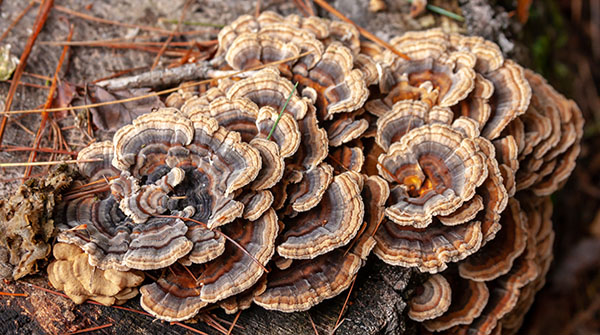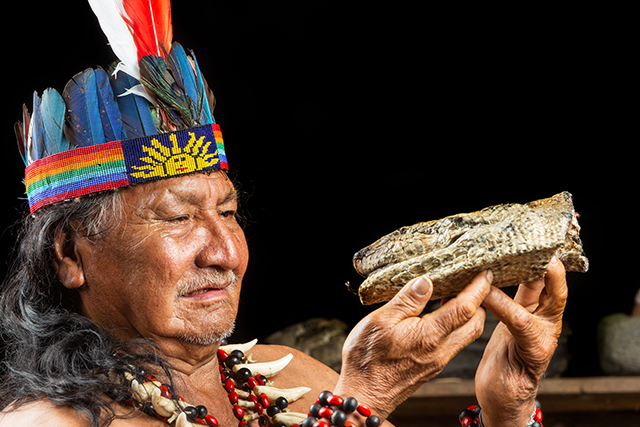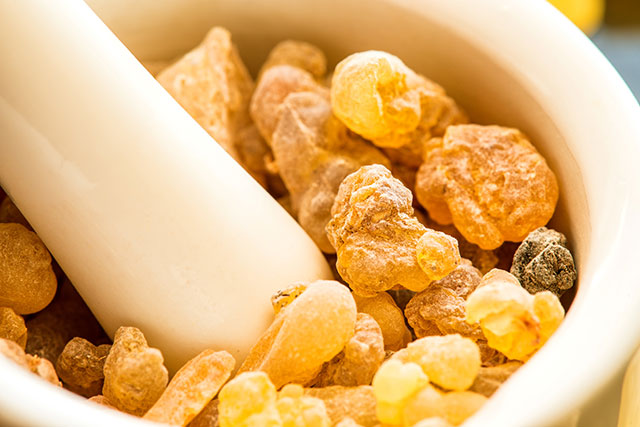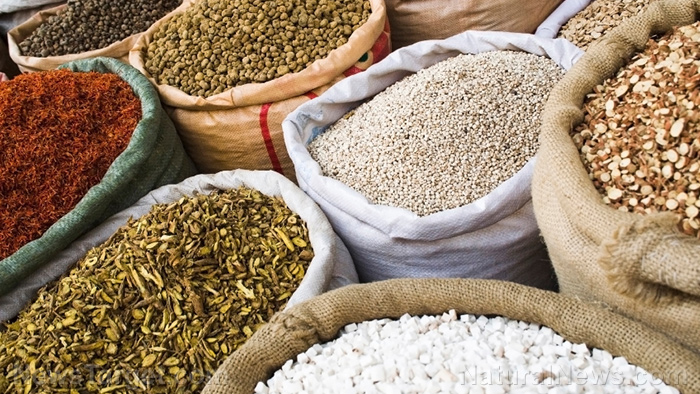 Parler
Parler Gab
Gab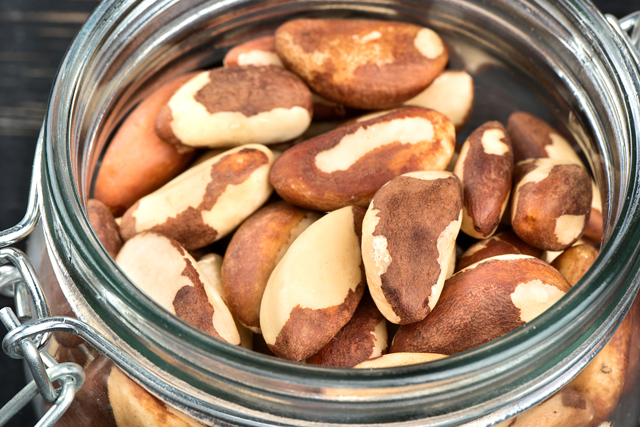
- Brazil nuts are the world’s top dietary source of selenium, a nutrient critical for thyroid health and immune function.
- Traditional trade routes introduced this “amazon gold” to global markets, revolutionizing nut consumption.
- Studies link Brazil nuts to reduced cancer risk, enhanced brain health, and hormone regulation.
- The nuts’ hard shells form inside coconut-sized pods resembling giant citrus segments.
- Selenium deficiencies plague modern diets due to soil mineral depletion, exacerbating chronic illnesses.
Selenium: the Brazil nut’s hidden goldmine
Beneath its rugged exterior, the Brazil nut holds a treasure more precious than gold: concentrated selenium. This trace mineral, essential yet often overlooked, acts as a catalyst for dozens of bodily functions. Each nut contains roughly 96 micrograms of selenium, far exceeding the U.S. recommended daily intake of 55 mcg for adults. “Selenium deficiency is surprisingly common,” explains nutritionist María Serrano, citing studies in regions like Sub-Saharan Africa, where soil depletion has ravaged crop mineral content. “But it’s not just about deficiency — it’s about prevention. This one mineral boots metabolism, sharpens immunity, and even combats oxidative stress that fuels cancer growth.” The mineral’s impact on the thyroid stands out. Dr. Vincent Pedre, a functional medicine expert, notes: “The thyroid needs selenium to convert inactive hormones into usable energy. Without it, people experience fatigue, weight gain, and mood swings.” Research published in Nutrients reveals women suffering from polycystic ovary syndrome (PCOS) saw improved fertility markers after selenium supplementation — a benefit naturally packed into these nuts. Yet moderation matters: consuming too many (over five nuts daily) can lead to toxic selenium overload, manifesting as hair loss or gastrointestinal disruption. Pairing with zinc-rich foods, Serrano advises, helps balance absorption. Beyond thyroid support, selenium’s antioxidant army — working alongside vitamins E and phenolic compounds — fights inflammation linked to neurodegenerative diseases. A 2022 Journal of Alzheimer’s Disease review found higher selenium intake correlated with slower cognitive decline in aging populations. “It’s like giving your brain a shield,” quips natural health proponent David Wolf. “Imagine a nutrient that literally attacks free radicals attacking your neurons.” For worried students burning through coffee and late-night cram sessions, this makes brazil nuts a study-buddy superfood.From rain forest giants to global tables: a tale of two centuries
The Brazil nut’s journey began long before the Amazonian beast that gives it life — the Bertholletia excelsa tree, soaring up to 200 feet, a colossus among green giants. Indigenous tribes, such as the Kayapó and Tupi, revered the nuts as sacred. But globalization transformed these sacred objects into merchandised commodities. By 1631, Dutch traders had tasted the “almonds of the Andes,” swapping them for European goods in ports like Suriname. The 19th century marked its meteoric rise. “When the Amazon River opened up commercially, the Brazil nut became a green gold rush,” asserts trade expert Luisa Cortez. “Bolivia’s seasonal harvesters would brave piranha-infested waters to gather fallen pods. The nut’s peel-able shell kept it shelf-stable, making it ideal for transatlantic voyages.” U.S. Customs records reveal Brazil nuts first entered American markets in 1873, with demand spiking during World War II as a protein. Today, Bolivia leads global exports, producing half the world’s supply annually — proof that these ancient trees still shape economies. Environmental symbiosis defines its survival. Biologist Ana Ribeiro explains: “Bees called Euglossa are the only ones that can pollinate its flowers. Even its seedpods depend on agoutis, rodents that crack the shells and bury the unconsumed nuts. China’s roofing tiles and U.S. bakeries owe a debt to tropical rainforest insects and rodents.” This interdependence underscores why deforestation threatens more than habitats — it jeopardizes one of Earth’s renewable health treasures.From seed to superfood: nutrition science meets ancestral wisdom
Beyond selenium, brazil nuts are a holistic nutrient powerhouse. A single ounce (6-8 nuts) delivers 185 calories, 4 grams protein, and over 100% of daily magnesium needs. Magnesium, the “nerve tranquillizer,” mitigates anxiety while supporting heart rhythm. “They’re like a crunchy multivitamin,” says integrative dietitian Priya Sharma, highlighting their copper content — a mineral aiding collagen synthesis and anti-inflammatory prostaglandins. Heart health takes center stage too. Their monounsaturated fats mirror avocados in reducing LDL cholesterol, while zinc promotes arterial flexibility. “Combine these with vitamin E’s antioxidant punch, and you’ve got a formula to combat metabolic syndrome,” states Sharma. Studies in hypertension patients showed brazil nut supplements lowering blood pressure readings by up to 10 points in eight weeks—a finding cardiologists increasingly cite in dietary guidelines. Their unique ellagic acid and gallic acid compounds also punch above their weight. These polyphenols have been tied to inhibiting pancreatic and bladder cancer cell growth in lab trials, according to a Cancer Letters article. “Nature’s own chemotherapy,” some oncologists whisper behind closed doors—not a cure, but a preventive shield for high-risk individuals. Looking into the future, could the brazil nut become as common as spinach or almonds in school lunches? “It’s a matter of reconnecting technology with tradition,” muses Dr. Marquez, traced in her recent advocacy for nutrigenomic policies. “These nuts aren’t just snacks—they’re portals to ancestral ecosystems.” Consider this: long before “superfoods” was a buzzword, Indigenous shamans used them to treat wounds and fatigue. Sources include: MindBodyGreen.com NaturalPedia.com Pubmed.govBritish supermarket chain introduces AI-powered ROBOTS in stores
By Ramon Tomey // Share
Nature’s hidden superfood: The rise of Turkey Tail Mushroom
By Ava Grace // Share
Ayahuasca: This Amazonian brew may be the most powerful antidepressant ever discovered
By News Editors // Share
The history of Frankincense: From ancient rituals to modern home fragrance
By HRS Editors // Share
Farro: An ancient supergrain making a modern comeback
By Laura Harris // Share
Governments continue to obscure COVID-19 vaccine data amid rising concerns over excess deaths
By patricklewis // Share
Tech giant Microsoft backs EXTINCTION with its support of carbon capture programs
By ramontomeydw // Share
Germany to resume arms exports to Israel despite repeated ceasefire violations
By isabelle // Share


